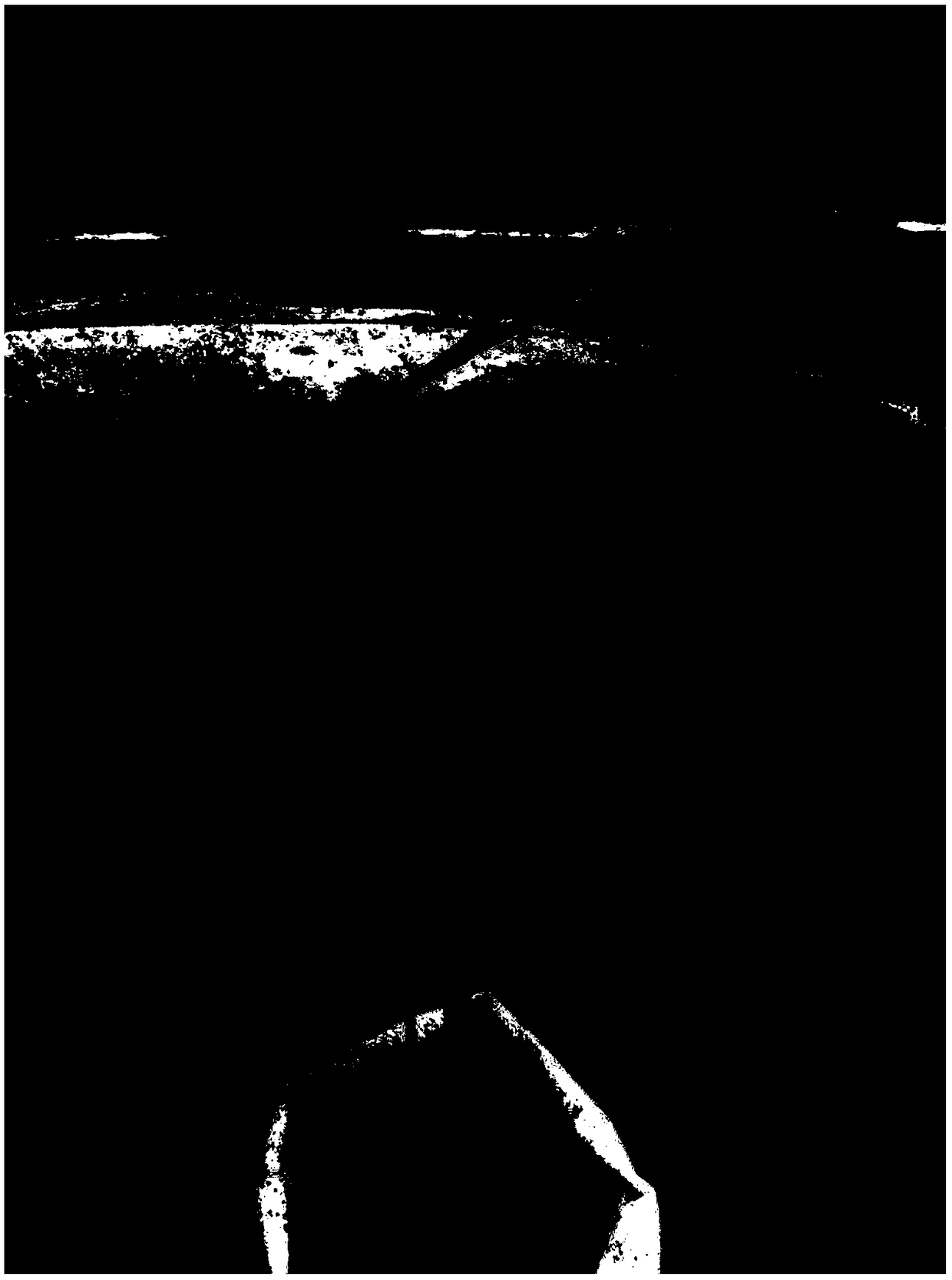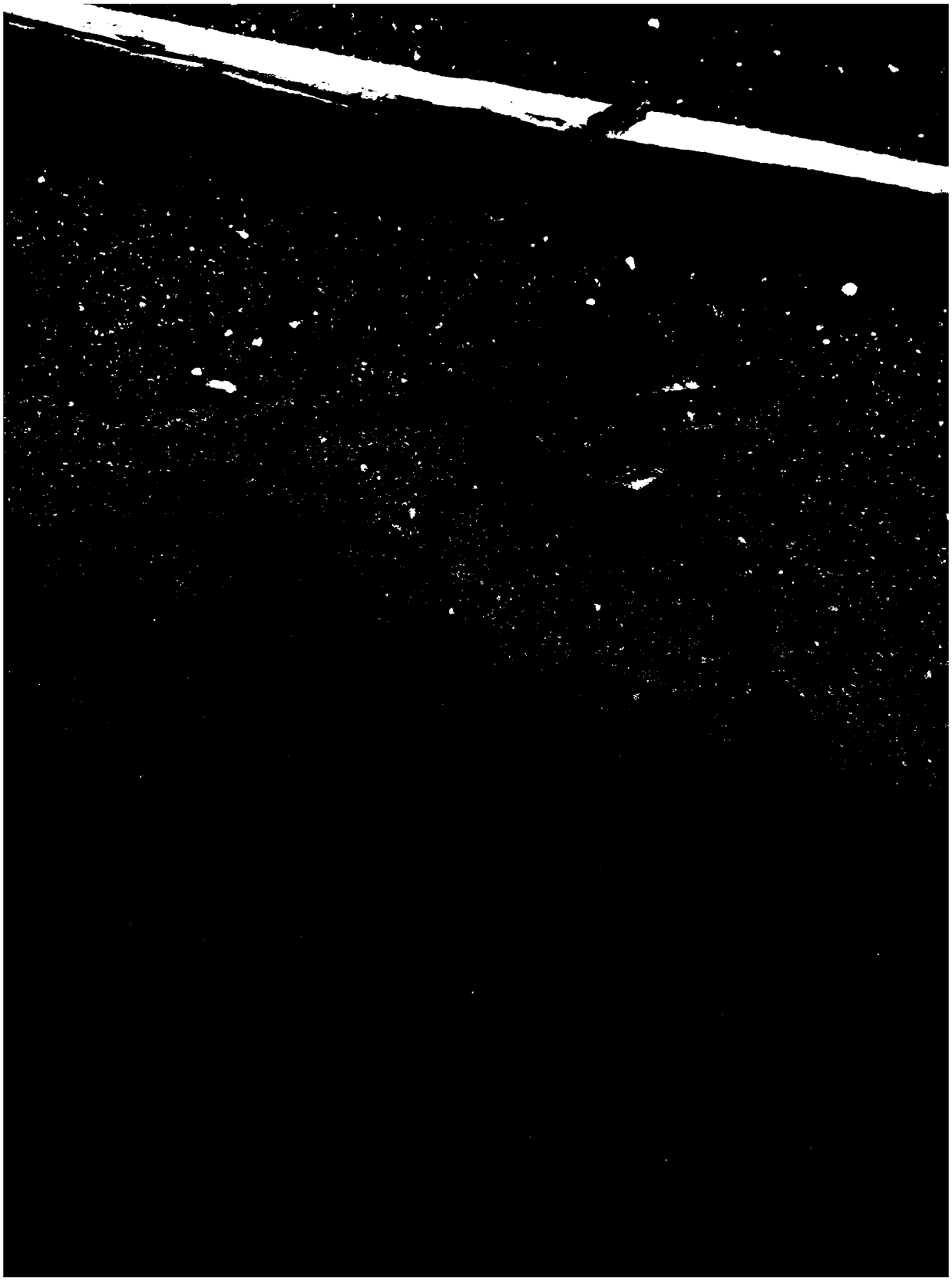Seedling culture method for increasing transplanting survival rate of Juglandaceae plant cutting seedlings
A technology for cutting seedling transplanting and survival rate, which is applied in botany equipment and methods, horticulture, forestry, etc., can solve the problems of low transplant survival rate, cutting seedlings without taproot, and weak root system, so as to optimize the seedling raising process and improve survival The effect of shortening the seedling cycle
- Summary
- Abstract
- Description
- Claims
- Application Information
AI Technical Summary
Problems solved by technology
Method used
Image
Examples
Embodiment 1
[0039] The seedling raising method of improving the transplanting survival rate of Cyclocarya paliurus cutting seedling described in the present embodiment, comprises the following steps,
[0040] Annual semi-lignified branches of Cyclocarya paliurus with green leaves cut in early or mid-June;
[0041] Adopt high 28cm, the non-woven fabric nutrition bag of caliber 10cm, the bottom in the non-woven fabric nutrition bag is equipped with 16cm high loose culture soil (humidity is moist but not wet and rich in organic matter loam), put again on the culture soil Clean river sand with a height of 9cm (knead into a ball with your hands, and spread the sand when you open your hands to moisten but not wet); put the non-woven nutrition bags filled with cultivation soil and river sand neatly in a 1.1-meter-wide long box;
[0042] Insert the green branches of Cyclocarya paliurus cut according to the requirements into the nutrition bag, and put it in the river sand to a depth of about 6cm,...
Embodiment 2
[0048] The seedling raising method that improves walnut cutting seedling transplanting survival rate described in the present embodiment, comprises the following steps,
[0049]Annual semi-lignified branches of walnuts with green leaves cut in early and mid-June.
[0050] Adopt high 28cm, the non-woven fabric nutrition bag of caliber 10cm, the bottom in the non-woven fabric nutrition bag is equipped with 18cm high loose culture soil (humidity is moist but not wet and rich in organic matter loam), put again on the culture soil Clean river sand with a height of 10cm (humidity is formed into a ball by hand, and the sand is moistened and not wet when the sand is spread when the hand is opened); put the cultivated soil and the non-woven nutrition bag of river sand neatly on the 1.1-meter-wide inside the long box;
[0051] Insert the walnut green branches cut according to the requirements into the nutrition bag, and put them in the river sand to a depth of about 6cm, then cover wit...
PUM
 Login to View More
Login to View More Abstract
Description
Claims
Application Information
 Login to View More
Login to View More - R&D
- Intellectual Property
- Life Sciences
- Materials
- Tech Scout
- Unparalleled Data Quality
- Higher Quality Content
- 60% Fewer Hallucinations
Browse by: Latest US Patents, China's latest patents, Technical Efficacy Thesaurus, Application Domain, Technology Topic, Popular Technical Reports.
© 2025 PatSnap. All rights reserved.Legal|Privacy policy|Modern Slavery Act Transparency Statement|Sitemap|About US| Contact US: help@patsnap.com



